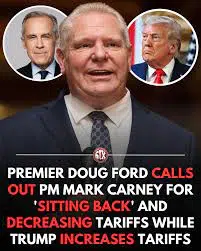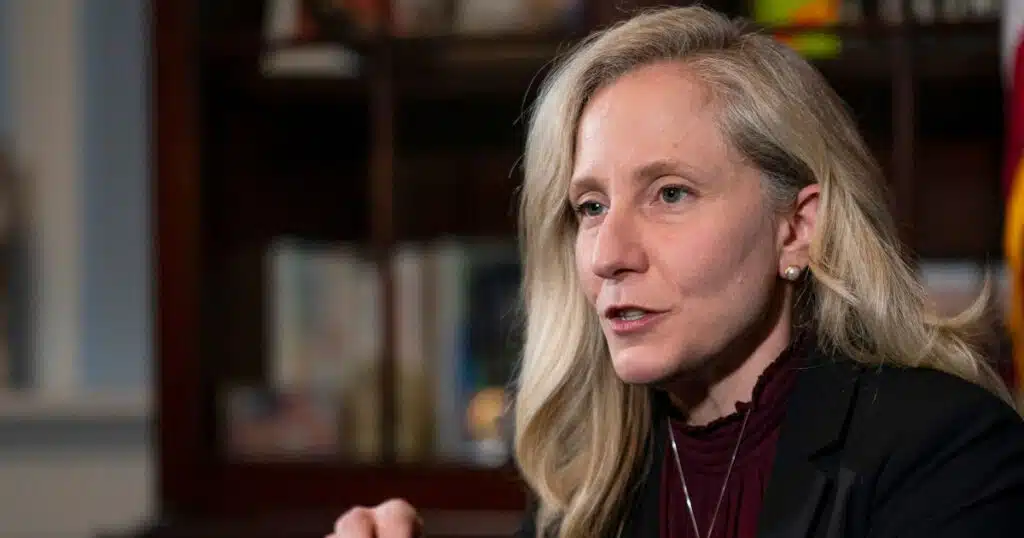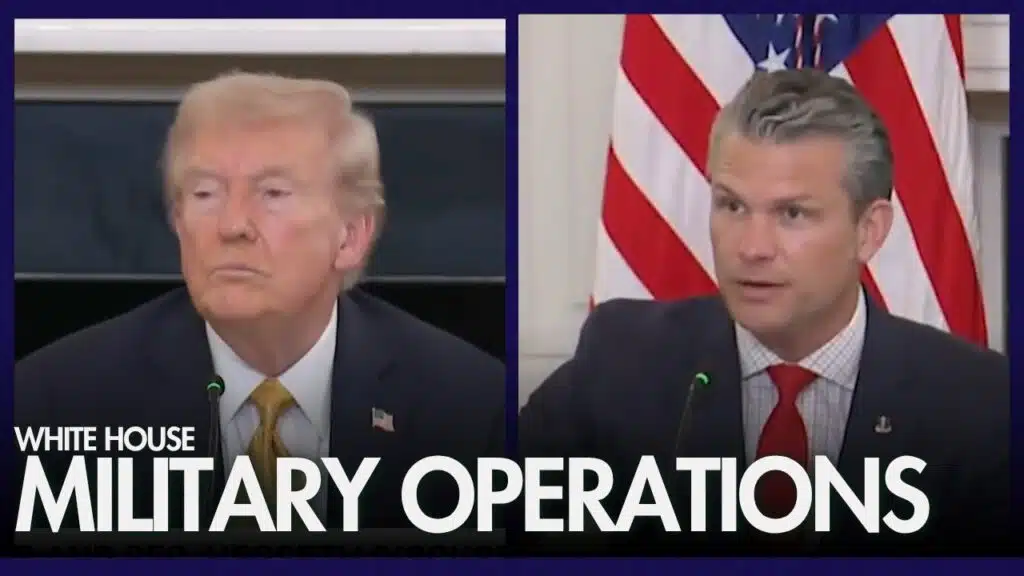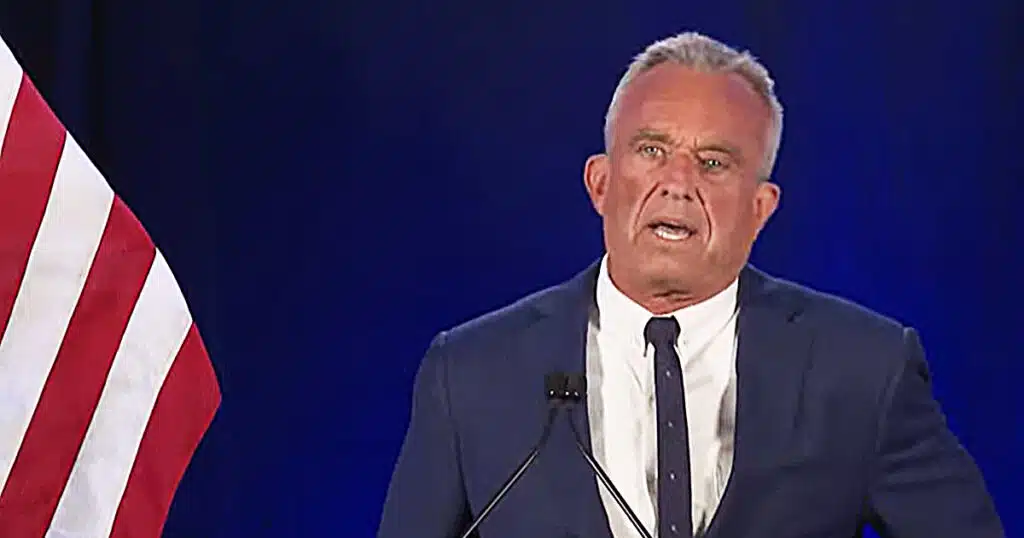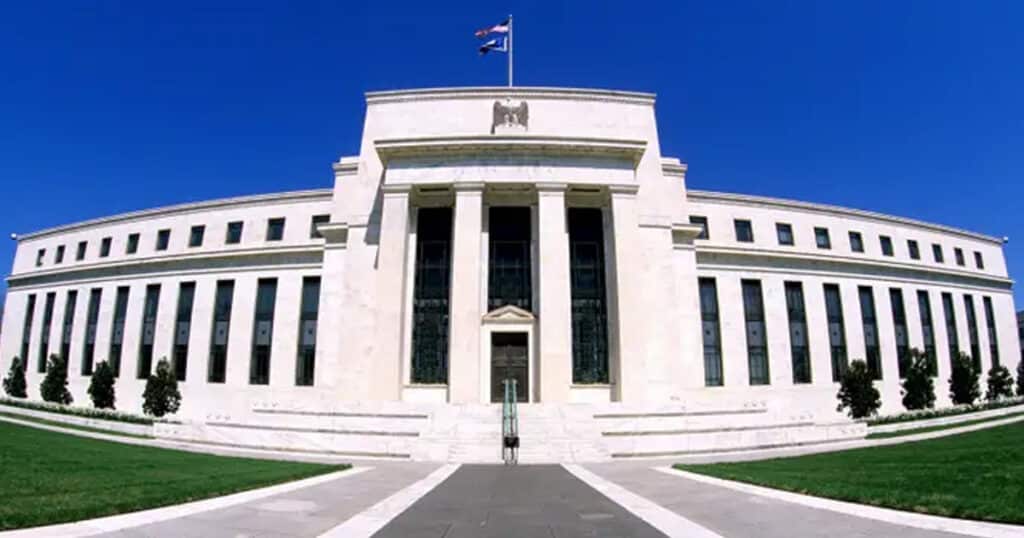
The Fed Must Act Now – Before the Job Market Cracks
America’s labor market is flashing red, and the Federal Reserve is watching the light change instead of hitting the brakes. Job openings have fallen to 7.26 million, the lowest level in 4½ years. Private-sector hiring has turned negative, with September’s ADP data showing -32,000 jobs after August was revised down to -3,000. Employers’ plans to add workers have plunged 71% from last year, and year-to-date hiring announcements are the weakest since 2009. The Fed must move decisively by cutting rates 50 basis points in both the October and December meetings to prevent further deterioration in employment and restore confidence to the private economy.
For the first time since early 2021, there are more unemployed Americans than job vacancies. If the Fed waits until 2026 to cut rates meaningfully, it will be too late. Monetary policy works with long and variable lags. By the time a policy shift filters through credit markets and small-business balance sheets, another million jobs could be lost.
Large corporations have the cash buffers to ride out higher rates. Small businesses do not. The Main Street employers who generate two-thirds of all new private-sector jobs and nearly 44% of U.S. GDP require lower costs of capital and a continued regulatory unwind by the Trump administration.
In “Rethinking Economic Growth,” I chronicled the real-world effects of these pressures across twelve industries, from wooden pallets to specialized transportation, energy handling, and equipment manufacturing. Each case study revealed the same truth: When financing dries up, expansion stops, hiring freezes, and communities suffer.
At Hinton Lumber in Alabama, for example, owner Hinton Howell showed how automation and AI can lift productivity if companies can access affordable capital. But when borrowing costs soar, small manufacturers can’t invest in new machinery or training. Jeff Lewis of Atlanta Pallets told me that his 90-employee firm wants to automate repetitive tasks, yet every rate hike pushes financing “further out of reach.” These are the entrepreneurs who keep supply chains moving. They don’t speculate on Wall Street; they build on Main Street.
Policymakers often overlook that small businesses are not a sideshow, they are the American economy. They employ 61.6 million people, almost 46% of the workforce, and represent 97% of U.S. exporters. When small businesses thrive, the economy gains durable, broad-based employment growth.
Consider the “magnifier effect” visible in the wooden-pallet industry. Local manufacturers buy lumber from nearby mills, hire local truckers, and rely on local repair shops. Dollars circulate through towns instead of being siphoned off to distant headquarters. Every dollar spent at a small manufacturer multiplies across the community, supporting dozens of secondary jobs from welders and riggers to café workers and child-care providers.
Or take the Cleveland area small-business consortium that trained non-violent offenders for factory-floor work, a program that produced more workers, lower recidivism, and revitalized neighborhoods. That’s the kind of innovation big bureaucracies rarely deliver.
These stories underscore a larger point: Small businesses are the most efficient, humane, and immediate engine for job creation that the U.S. possesses. Empower them, and employment rebounds quickly. Raise costs of capital, and the labor market decline deepens.
The evidence is unmistakable. The ratio of job vacancies to unemployed workers has fallen below 1 for the first time in three years. Employers announced 946,000 job cuts year-to-date, the second-highest total since the Great Financial Crisis. Searches for “second job” are at an all-time high. Behind those statistics are small-business owners postponing expansion, cutting hours, or closing altogether because the cost of capital remains expensive.
The Fed’s dual mandate is price stability and maximum employment. It has achieved the first; it is jeopardizing the second. A pair of 50-basis-point cuts before year end would still leave the federal funds rate above 4%, hardly “easy money,” but it would signal to the market that the central bank understands the urgency on Main Street.
Rate cuts alone won’t fix structural barriers, but they would buy time and oxygen for small businesses to breathe. In “Rethinking Economic Growth,” I proposed complementary reforms that Congress and the administration should act on:
- Workforce development through technical and vocational education. The nation needs to rebuild respect for skilled trades. Every new welder, rigger, or machinist fills a job that cannot be offshored.
- Regulatory relief and clarity. The Federal Register now exceeds 96,000 pages, a maze that large corporations navigate with legal teams while small firms drown in paperwork. As one CEO told me, “You’re either at the table or on the menu.” Simplifying compliance would free capital and time for hiring and innovation.
- Pro-investment tax policy. Make the expensing for equipment permanent, make 100% write-offs permanent, and offer training incentives that reward reinvestment. These measures, along with predictable pass-through taxation, encourage exactly the behavior the economy needs: expansion, not contraction.
Together with monetary easing, these steps would reignite the virtuous cycle of growth. When small businesses invest, they hire. When they hire, families earn. When families earn, communities thrive and America once again sustains the 3% growth needed to raise living standards across generations.
Small-business owners are resilient, but they cannot defy math. Every additional month of high rates means fewer startups, fewer apprentices, fewer paychecks. The Fed’s delay already risks turning a soft landing into a slow-motion stall.
If rates remain where they are, 2026 will open with rising layoffs and shrinking payrolls. Cutting by 50 basis points in October and again in December is not radical. It’s responsible. Waiting for another wave of layoffs before acting would repeat the oldest error in central-bank history: doing too little, too late.
The United States has always grown from the bottom up, from garages, workshops, and family firms that bet on tomorrow. Those bets require capital and confidence. The Fed controls the former; small businesses supply the latter. It’s time for Washington to meet Main Street halfway and turn the flashing red light into a continuous green light.
This article was originally published by RealClearPolitics and made available via RealClearWire.
